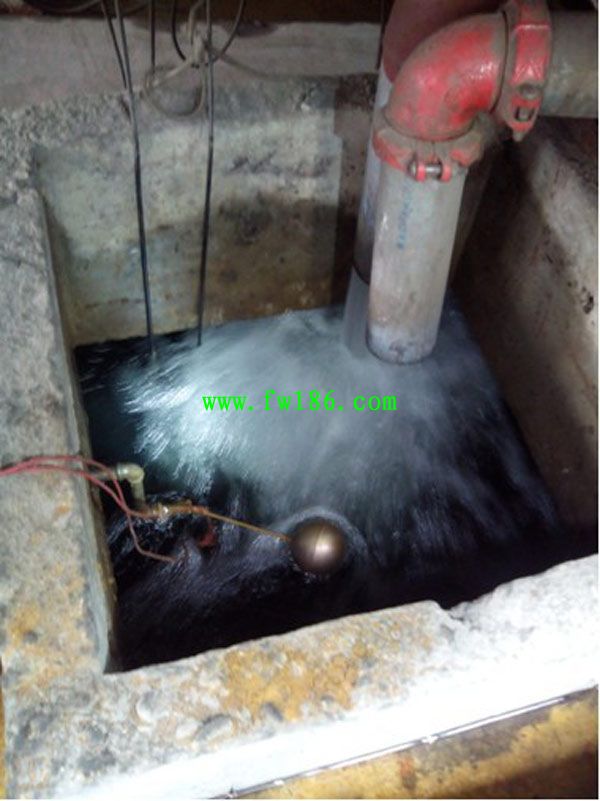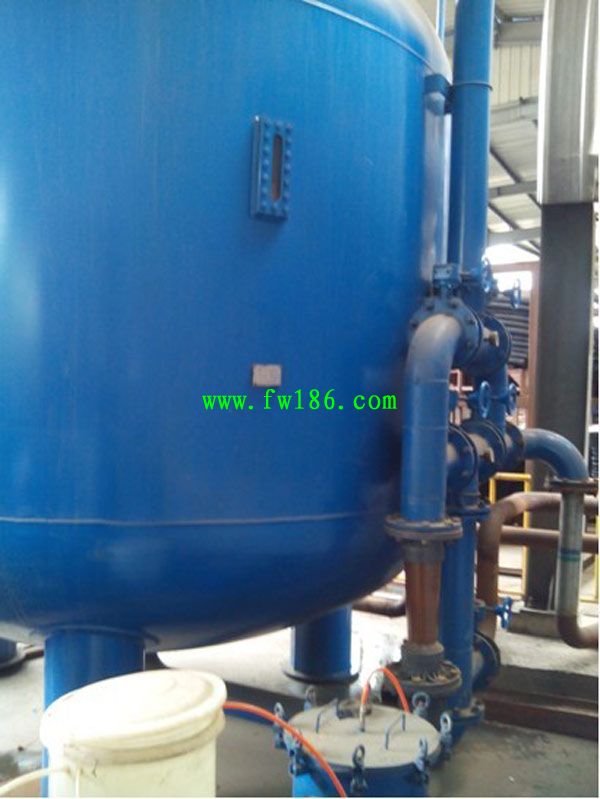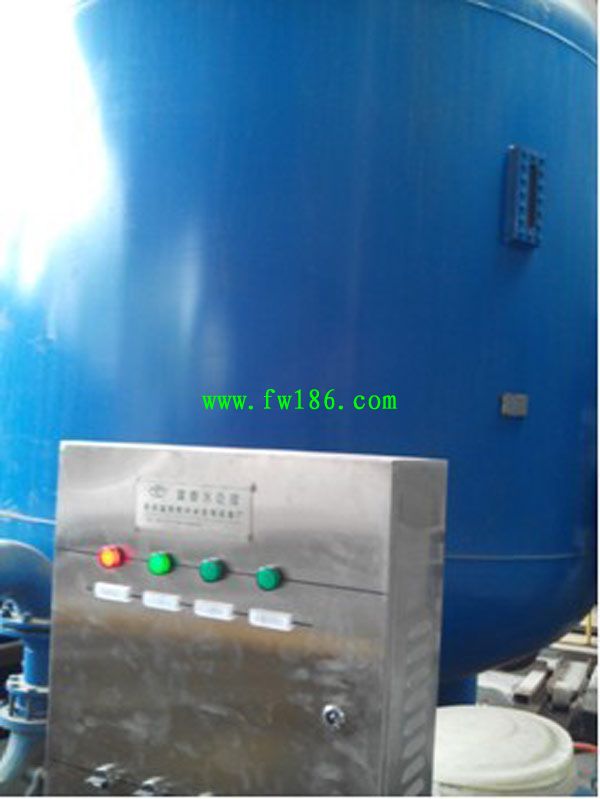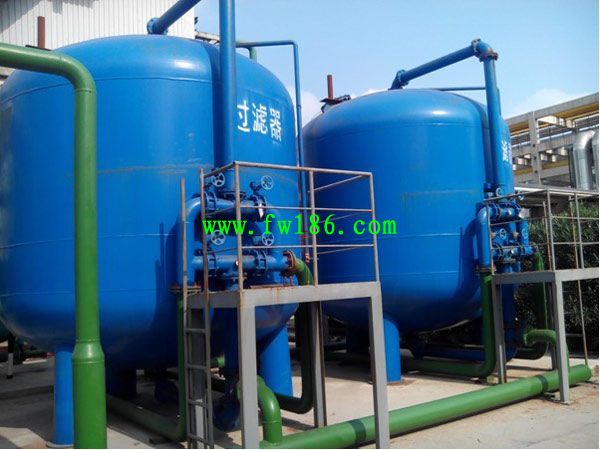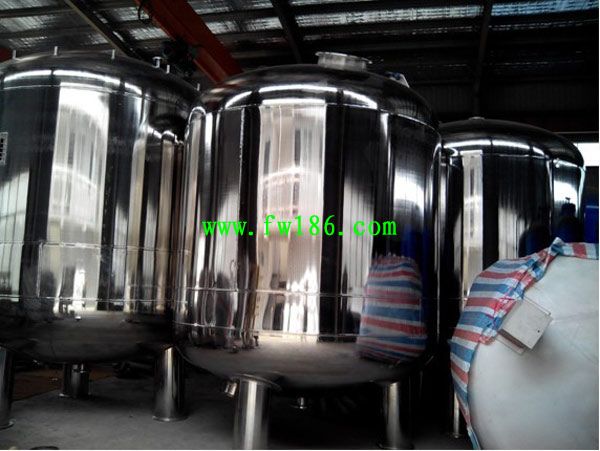Product Classification
您当前所在的位置:首页>>Circulating
Product Application
Circulating
Circulating water cooling usually is divided into closed circulating water cooling system and open circulating water cooling system. For the latter, cooling of water requires direct contact with air. Based on the contact method between water and air, it can be divided into water surface cooling, spraying cooling pond cooling and cooling tower cooling. For closed circulating water cooling system, water is in closed circulation and water cooling requires no direct contact with air. The system usually consists of the following parts: 1. Heat exchanger in production process; 2. Cooling structure; 3. Circulating pump and collecting tank. During industrial production, raw materials usually should be heated for producing products required; meanwhile, to form industrial product, the produced products should be cooled. Therefore, a lot of cooling water is required during industrial production, and the total amount of industrial cooling water occupies over 60% of the total amount of water used during industrial production.
After use of circulating cooling water, ions including Ca2+, Mg2+, Cl- and SO42- , dissolved solids and suspended substances in water will increase accordingly, and pollutants in air like dusts, sundries, dissolvable air and material leakage of heat exchanger will enter the circulating cooling water, resulting in corrosion and scaling of the equipment and pipelines of the circulating cooling water system.
1. Scaling: salt concentration and loss of CO2 lead to deposition and scaling of calcium carbonate in water. It affects the heat transmission efficiency of heat exchanger and the operation of the circulating cooling water system.
2. Corrosion: water spraying causes increasing DO content in water, enhancing the corrosivity of water. It may corrode the heat exchanger and pipelines.
3. Dirt: suspended substances, deposited impurities in air, corrosion exfoliation and other impurities deposit and form dirt in water. Scaling and dirt are generally referred to as sediments. Therefore, the issue of circulating cooling water processing can be generally summarized as control over corrosion and sediments.
For raw water from severe environment pollution areas and with higher salt content, pretreatment, reverse osmosis and UV sterilizer are jointly adopted. During operation, pay attention to the protection and cleaning of circulating pipelines, especially to the monitoring of water quality.
It is applicable to central air conditioning, metallurgy, rubber, chemical engineering, water cooling air conditioning and circulating cooling.
Specification:
Name Model Flow rate (m3/h) In/outlet
FW61-001 15 ф800×3100 DN65
FW61-002 20 ф1000×3200 DN65
FW61-003 30 ф1200×3300 DN80
FW61-004 45 ф1400×3350 DN100
FW61-005 60 ф1600×3450 DN125
FW61-006 80 ф1800×3550 DN125
FW61-007 100 ф2000×3650 DN125
FW61-008 125 Ф2200×3700 DN150
FW61-009 150 Ф2500×3800 DN200
FW61-010 210 Ф3000 ×4150 DN200
FW61-020 240 Ф3200 ×4200 DN200
FW61-030 300 Ф3600 ×4300 DN200

